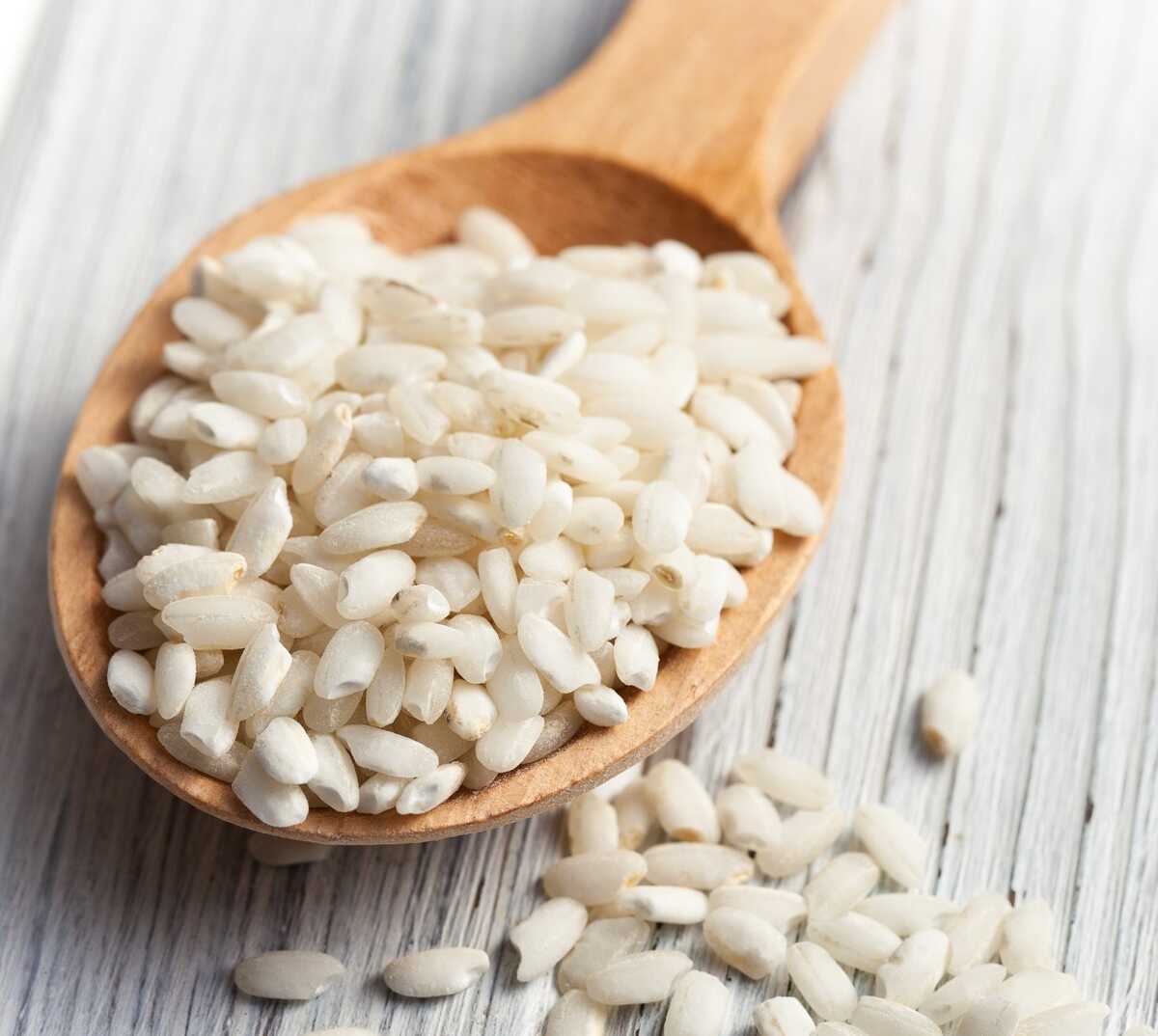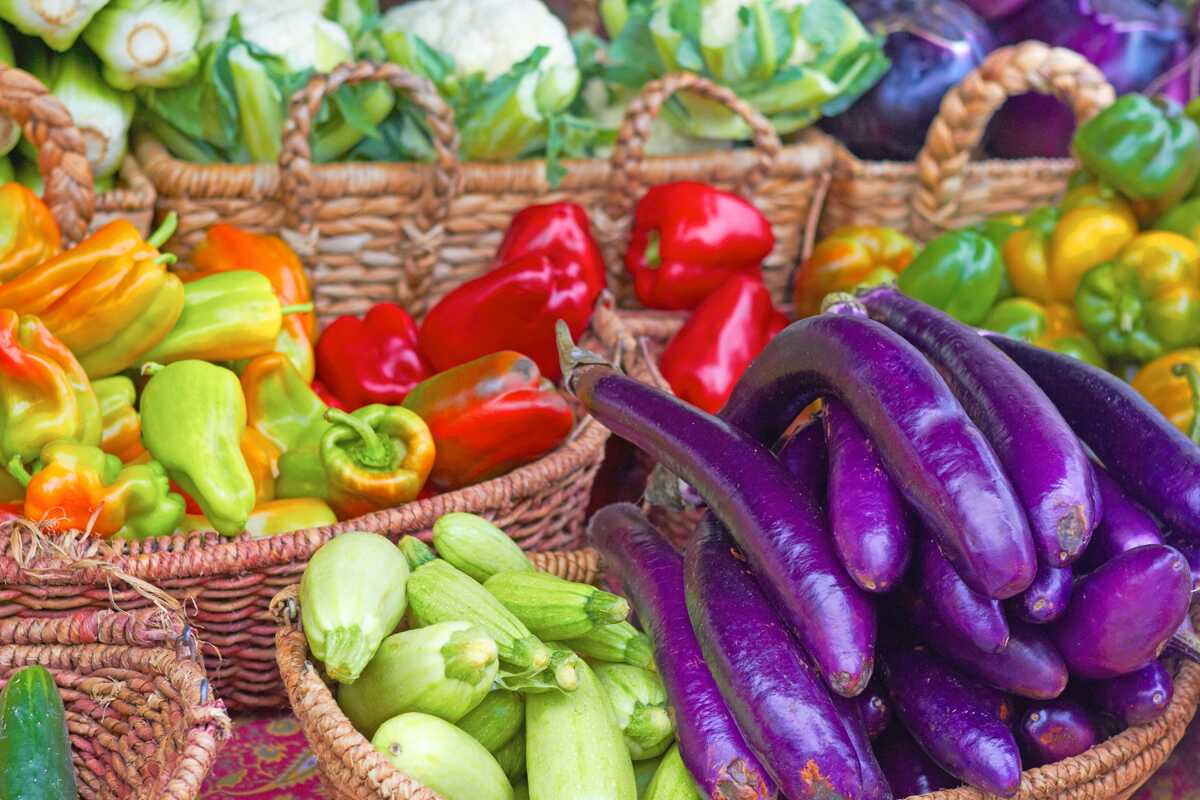The Quadrant Approach
A tool for menu creation
The quadrant approach is a way of creating an unlimited number of meals based on picking one component from four different ‘quadrants’. It’s a surprisingly simple way of creating filling, hearty and nutritious meals without worrying about following an exact recipe. It also allows you to swap ingredients in and out at ease, depending on what you feel like eating and what is available. As long as the quadrants of the substitute items match up, the dish will work. This approach allows you to create affordable meals with what food is available in the store. Perfect for dinners and lunches.
We’ll run through the quadrants below and give some example recipes that work well. To make it easier to understand this approach, all of our breakfast, lunch and dinner menus follow this quadrant approach. After working through a few examples, you’ll get a sense of what things work well together, what ingredients can be swapped in and out, and you’ll feel comfortable to create delicious, simple meals on a trip. You can use this approach to cook at home too.
Base is a carbohydrate and the main bulk of the meal. Generally pack between 70-120 grams of a base per meal per adult. Examples include:
- Rice
- Pasta
- Noodles
- Couscous
- Potatoes
- Bread
- Bulgur wheat
- Quinoa

Protein is typically the next major component of a meal after carbohydrates (Q1). Examples include:
- Fish (tuna, sardines, salmon)
- Salami
- Ham & turkey
- Chicken (canned)
- Raw meat (carry frozen, eat on first day)
- Nuts
- Long life tofu (e.g. bonsoy-firm-silken-tofu)
- Legumes – chickpeas, lentils

Vegetables add flavour, texture, nutrients and colour. They are non-essential components of a meal in terms of energy content and fillingness, but certainly make a meal more interesting, balanced and flavoursome. Great bushwalking examples include:
- Surprise peas, dried corn
- Hard vegetables – carrots, zucchini
- Sun-dried tomatoes (e.g. sandhurst sundried strips)
- Dried mushrooms

Flavouring is the least important ingredient in terms of nutrition, but arguably the most important part for making the meal delicious and enjoyable!
- Salt and pepper
- Dried garlic
- Soy sauce
- Tomato paste sachets
- Pesto
- Packet Cuppa soups

So the basic approach of the quadrant builder is to pick one ingredient from each quadrant and build a meal. In this way, you can create entirely different meals from the same types of ingredients. When stretched for ingredients, Quadrants 3 and 4 become less important (i.e. you can still create a filling meal from Q1 and Q2), so essentially they are labelled in order of importance (although Q3 and Q4 are arguably interchangeably important!).
Here are some examples of being able to use the same ingredients to get deliciously different meals (e.g. rice makes curry as well as risotto!).



